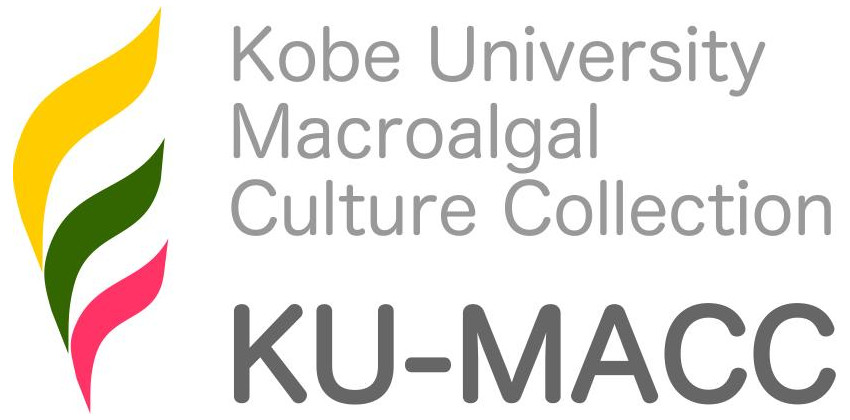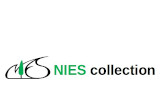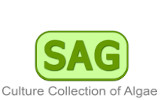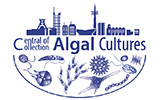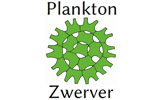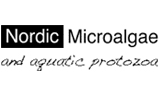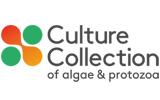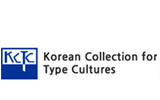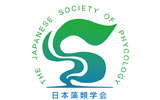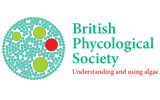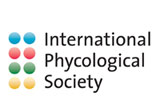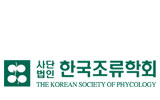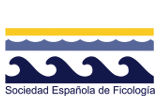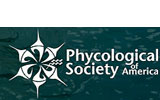Nitella confervacea (Brébisson) A.Braun ex Leonhardi 1863
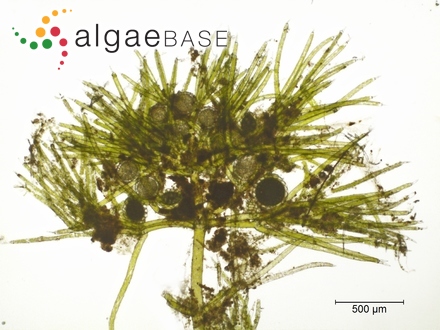
Current name:
Nitella confervacea (Brébisson) A.Braun ex Leonhardi
Fertile branch. Collected by Nick Stewart, Loch Druidibeg, South Uist. - 28 August 2016. C.F. Carter (chris.carter at 6cvw.freeuk.com)
Publication Details
Nitella confervacea (Brébisson) A.Braun ex Leonhardi 1863: 146
Published in: Leonhardi, H. von (1863). Weitere Characeen-Fundorte. Lotos 13: 129-132, 145-148.
Type Species
The type species (lectotype) of the genus Nitella is Nitella opaca (C.Agardh ex Bruzelius) C.Agardh.
Status of Name
This name is of an entity that is currently accepted taxonomically.
Basionym
Nitella gracilis var. confervacea Brébisson
Type Information
Lectotype locality: Argentan [probably Étang de Vrigny, south of Argentan, Orne Départment, France]; (Gregor & al. 2012: 394 (Table 1), 393) Lectotype (Argentan, Orne Départment, Normandy, France; designated by Gregor & al. 2012): Brébisson; 1837; PC; 0719925 (Gregor & al. 2012: 394 (Table 1)) Notes: Lectotype: Specimen is labeled (1) "Herb. G. Thuret/Brébisson dedit 1850/ Nitella gracilis V.confervacea/ Argentan Jt. 1837" and (2) " Herbier Museum Paris Cryptogamie PC0719925".
General Environment
This is a freshwatermarine species.
Description
This is the most tiny and delicate charophyte in the area. The plants are up to 4 cm high and dark green. It is commonly rich branched and the whorls are often forming small heads. The axis is less than 300 µm in diameter. The 6-8 branchlets in each whorl are repeatedly divided. The dactyls are 2-celled with tapering end-cells. The species is monoecious. The gametangia are regularly on the first branchlet furcations. The oogonium is yellow brown to black, up to 450 µm long and has prominent ridges and granulate membrane. The antheridium is up to 250 µm in diameter. The plants are often covered by soft sediment and therefore difficult to find. It is often found by coincidence.
Habitat
Nitella confervacea is found in different types of waters, from small ponds to lakes. The lakes can be of different types from, both oligotrophic (Lobelia-lakes) and mesotrophic (Potamogeton- lakes). It is also found in slightly brackish water in the Baltic Sea and in Drammensfjorden in Norway. It is found in shallow water, down to a depth of 40-50 cm.
N. confervacea is annular. It is generally richly fertile, and fertile plants are found from July. Ripe oospores are found from August onwards.
Created: 11 April 2002 by M.D. Guiry.
Last updated: 20 January 2025
Verification of Data
Users are responsible for verifying the accuracy of information before use, as noted on the website Content page.
Taxonomic notes
= N batrachosperma (Thuill. acc. Reich) A. Br. (cf. Gregor et al., 2012) (Muller et al., 2017: 231). - (06 November 2017) - G.M. Guiry
Nitella confervacea can be confused with small specimens of N. mucronata, N. wahlbergiana and N. gracilis.
N. mucronata has reticulate oospore-membrane.
N. wahlbergiana has the gametangia on the second furcation and branchlets in heads. The oospore-membrane is granulate.
N. gracilis do not have branchlets in heads. The oospore-membrane is granulate. Dactyls are 3- celled.
- (26 September 2009)
Distributional note
According to Gregor et al. (2012), the "Least stonewort" occurs over a huge area on the Northern Hemisphere covering North America, Europe, North Africa, and Asia (Wood, 1965); in Europe it is generally rare and its natural sites have greatly diminished (Blazencic et al., 2006; Schmidt et al., 1996) but it responds well to the conditions in newly formed water bodies (e.g. parts of Germany). "In Europe Nitella confervacea has been recorded from many countries but it appears to be sparsely distributed in most of these. This may be partly due to it being overlooked because of its small size but it does appear to be genuinely rare in much of its range. The exception is in Germany where it is locally common in gravel pits in the Rhine valley between Basel and Mainz (Korsch et al., 2008; Pätzold, 2011) and in field ponds in Brandenburg (Gregor et al., 2012; Pätzold et al., 2016). Its near-European range also extends to Algeria and Morocco (Muller et al., 2017). Beyond this it appears to have a wide but disjunct distribution in eastern North America, southern Africa and south-eastern Asia (see Korsch, 2018). According to Corillion (1957) there are also records from Australia." (van de Weyer & Stewart 2024). - (07 October 2014) - G.M. Guiry
Habitat note
Forms carpets in shallow waters (down to 2 m), often covered by sediment and mud; oligotrophic ponds and lake, where it can be associated with other Nitella (Muller et al., 2017). - (06 November 2017) - G.M. Guiry
Conservational note
"Because of its small size, this species requires open conditions. This means that it often requires regular disturbance, particularly when growing in shallow water. For example, cessation of grazing and the subsequent expansion of reed swamp is identified as a cause of its loss from sites on the Gulf of Finland (Koistinen, 2004) and successional changes were the cause of its disappearance from a site in Britain. In the absence of other disturbance, periodic clearance of vegetation may be necessary at some sites. The other main threat is from nutrient enrichment, both through the encourage-ment of competition from filamentous algae and vascular plants but also through alteration of the sediment to softer, more mobile organic silt that is difficult to anchor into. Increases in turbidity are also a problem for populations in deeper water. In general, all measures to reduce/prevent eutrophication are recommended. This also includes maintenance of fish communities which are typical for the specific water body type. Increased peatiness is another threat which has been observed in Ireland. The current status of this species is difficult to assess due to its small size and it has almost certainly been overlooked at some sites. There have been lost sites documented in several countries. For example, Gregor et al. (2012) report that none of the eight sites reported in Corillion (1946) now had any suitable habitat. But there have also been new sites discovered across its range. Nevertheless, it seems genuinely to be a rare species through most of its range with the exception of the Rhine valley in Germany where it is locally frequent.
Nitella confervacea is listed in several Red Data Books: the Balkans (EN), Finland (VU), Germany (VU), Lithuania (CR), Poland (CR), Norway (VU), Sweden (VU) and Czech Republic (CR). Nitella confervacea is extinct in Switzerland. In both Britain and Ireland, it is regarded as Near Threatened (NT) as many of its sites are on the western and northern fringes where human pressures are less intense." (van de Weyer & Stewart 2024). - (20 January 2025) - M.D. Guiry
Linking to this page: https://www.algaebase.org/search/species/detail/?species_id=35595
Citing AlgaeBase
Cite this record as:
M.D. Guiry in Guiry, M.D. & Guiry, G.M. 20 January 2025. AlgaeBase. World-wide electronic publication, National University of Ireland, Galway. https://www.algaebase.org; searched on 05 April 2025
 Request PDF
Request PDF